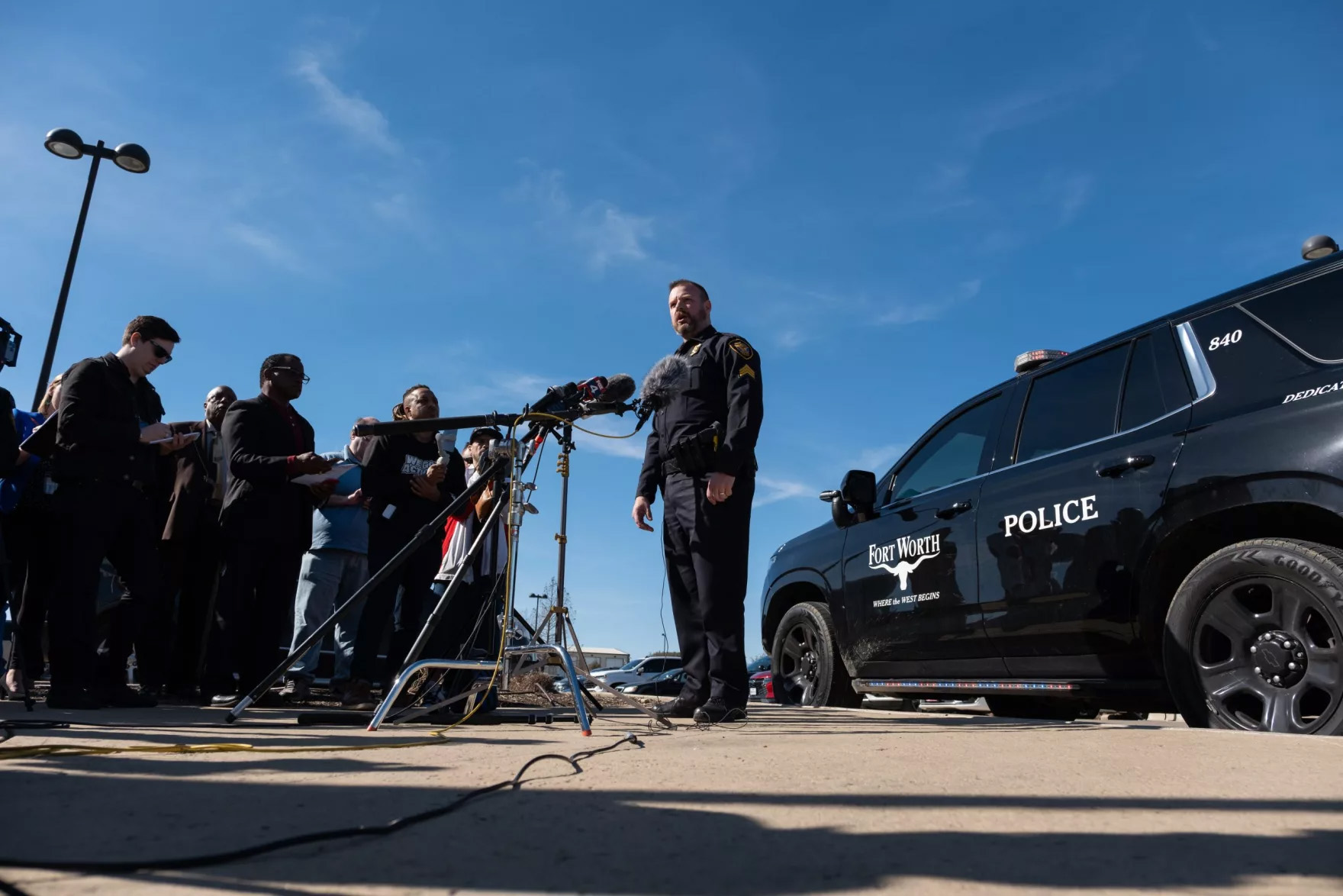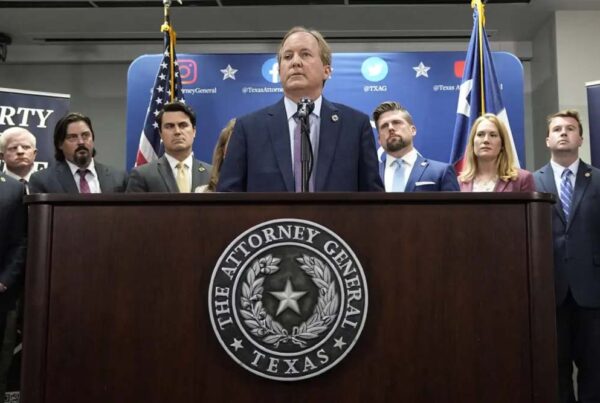From KERA News:
For White Settlement Police Chief Christopher Cook, the consequences of police chases gone wrong hit close to home.
Cook lost his best friend, River Oaks Police Officer Nathan Ray Laurie, in 2004. Laurie was chasing a pickup truck that had fled from a traffic stop when his vehicle was hit by another patrol car joining the chase.
Laurie’s death came early in Cook’s career — but its impact has been lasting. When he decided to make a change to White Settlement’s police chase policy, he showed his officers video of Laurie’s crash to hammer home the importance of getting it right. And years earlier, when Cook wrote his thesis at University of Texas at Arlington, he focused on police pursuits.
“I dedicated that to Nathan,” he said. “And it really opened my eyes as a young officer and eventually a sergeant over in Arlington that, yes, chases are very dangerous, and a lot of times, we have to make split second decisions.”
Those split second decisions, and the policies that govern them, have come under scrutiny in North Texas after a series of deaths in Fort Worth last summer. The Fort Worth Police Department has refused to release its chase policy, instead suing Texas Attorney General Ken Paxton in a bid to keep it confidential. Other area police departments are increasingly prioritizing transparency when it comes to their policies.
The Fort Worth Report and KERA spoke to six departments across Tarrant and Dallas counties about why they release their policies and what happens when a pursuit goes wrong. All department representatives emphasized the importance of balancing the benefit of catching a suspect and the very real risk of harm to residents and officers alike.
“We absolutely want to make sure that we’re engaging in vehicle chases for the right reason,” Cook said. “It comes down to public safety. And so, from that perspective, I think that’s what causes you to first look at the policy.”
















